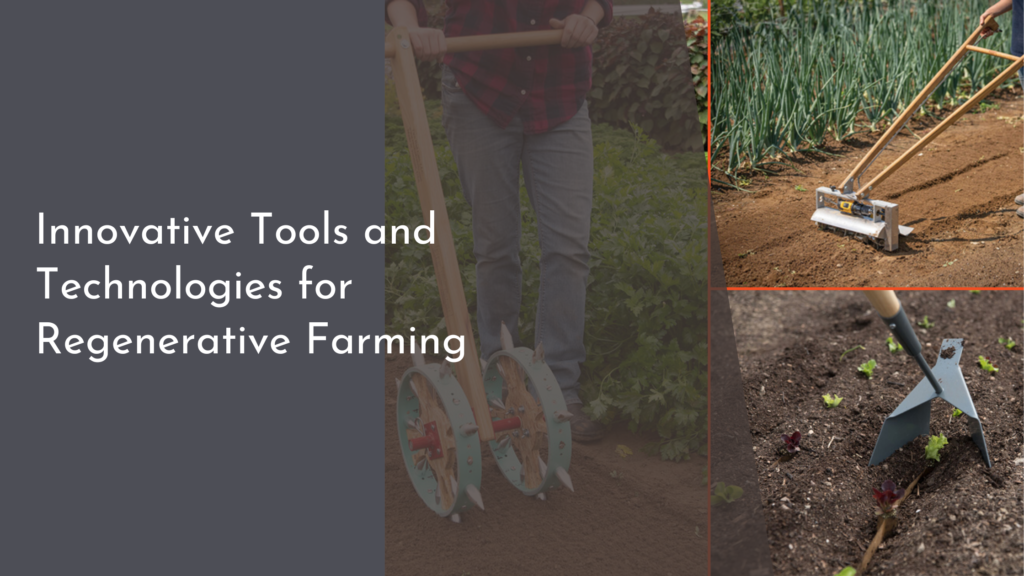Rooftop Rainwater Collection: Pros and Cons
Rooftop rainwater collection is an innovative and eco-friendly method that has been gaining traction in recent years. By harnessing nature’s bounty, homeowners and businesses alike can enjoy significant benefits while contributing to water conservation. This article will explore the advantages and challenges of rainwater harvesting, provide guidance on setting up a system, and share tips for maximizing your harvested water. Let’s dive into the world of rooftop rainwater collection!
Discover the Benefits of Rooftop Rainwater Collection Today!
One of the most notable advantages of rooftop rainwater collection is its potential for reducing water bills. In areas with high water costs, using collected rainwater for irrigation, household chores, and even toilet flushing can lead to substantial savings. Additionally, rainwater is naturally soft and free from the chemicals commonly found in municipal water, making it an excellent choice for watering plants and gardens. This means healthier plants, reduced need for fertilizers, and a vibrant, flourishing landscape.
Another significant benefit is the positive environmental impact. By collecting rainwater, you are reducing the demand on local water supplies, which can be particularly crucial during dry spells. This practice also helps alleviate stormwater runoff, which can lead to flooding and erosion. By capturing rainwater on your roof, you contribute to sustainable water management practices, ensuring that your community can thrive even in challenging weather conditions. Embracing this eco-friendly method not only benefits you but also supports the environment.
Understanding the Challenges of Rainwater Harvesting
Despite its many advantages, rooftop rainwater collection does come with its challenges. One primary concern is the initial setup cost. Depending on the complexity of the system, expenses can add up, especially if you need professional installation. Factors like storage tanks, filtration systems, and piping must be considered in your budget. However, it is important to view this as a long-term investment, as the savings on water bills can offset the initial costs over time.
Another challenge lies in local regulations and restrictions. In some areas, rainwater harvesting may be subject to stringent laws, making it crucial to research and understand your local policies before setting up a system. Moreover, maintaining the system can require regular upkeep to ensure the water collected remains clean and safe for use. This includes cleaning gutters, inspecting storage tanks, and implementing proper filtration methods. With a bit of diligence, these challenges can be managed effectively, allowing you to enjoy the benefits of rainwater harvesting.
How to Set Up Your Rooftop Rainwater System Easily
Setting up a rooftop rainwater collection system doesn’t have to be complicated! To begin, you’ll need a few essential components: a collection surface (your roof), gutters to channel the rainwater, a storage tank, and a filtration system to ensure the water is clean. Start by inspecting your roof and gutters to ensure they are in good condition and free from debris. This will facilitate a smooth flow of rainwater into your collection system.
Next, determine the size of the storage tank you’ll need based on your rainfall patterns and water usage. Once you have your collection surface, gutters, and tank in place, install a filtration system to prevent leaves and other contaminants from entering the tank. You can also consider connecting the system to your home’s plumbing for direct usage. Following these steps, you’ll be well on your way to enjoying the benefits of harvested rainwater!
Making the Most of Your Collected Rainwater: Tips & Tricks
To maximize the efficiency of your rooftop rainwater collection system, consider using a first-flush diverter. This device ensures that the initial runoff, which may contain contaminants from your roof, is diverted away from your storage tank, allowing only cleaner water to be collected. This simple addition can significantly improve the quality of your stored rainwater, making it safer for various uses.
Additionally, be mindful of how you utilize your collected rainwater. While it’s perfect for irrigation and non-potable uses, make sure to keep a separate system for potable water if you intend to use it in your home. Regular maintenance is key; schedule periodic checks of your gutters, storage tank, and filtration system to keep everything in optimal condition. With a little care, your rooftop rainwater collection system can provide a sustainable water source and a sense of accomplishment in your eco-friendly journey.
Rooftop rainwater collection offers numerous benefits, from cost savings to environmental sustainability. While there may be challenges to navigate, the rewards of setting up and maintaining a rainwater harvesting system are well worth the effort. By understanding the pros and cons, following the setup guidelines, and implementing practical tips, you can make the most of this green initiative. Embrace the joy of collecting rainwater, and become a part of the broader movement towards smart water use and conservation!


